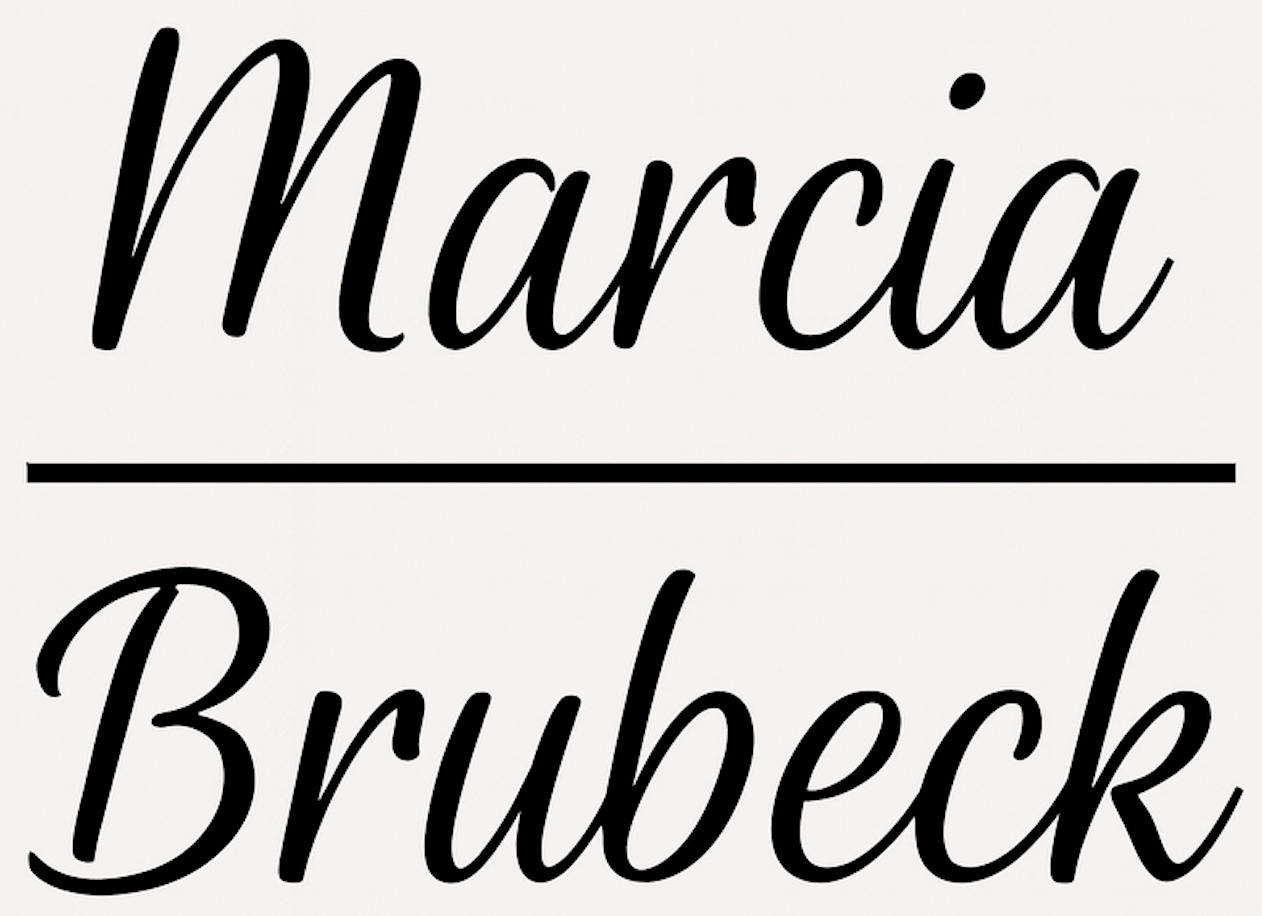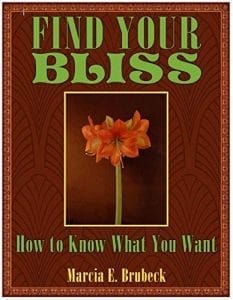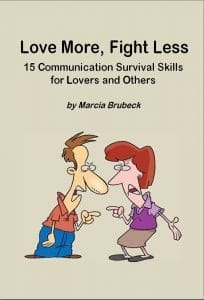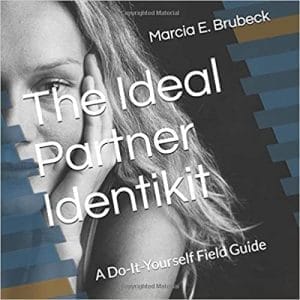
How to Make a Decision
It can feel hard or easy to make a decision. Deciding that you want swordfish for dinner may be easy. Deciding whether to buy a new car or a used one may seem harder. It may be harder still to choose between going back to school and finding a full-time job.
Whatever the situation, a few tricks can help you figure out what to do.
There are several types of decision, calling for different approaches. A yes-or-no decision is either/or. If you are trying to decide whether or not to get married, you will probably visualize your life married and unmarried. You will consider how you feel in each hypothetical scenario before making your decision.
A choice among a number of possibilities is more complicated.
Consider only a few possibilities (not too many)
The more jars of jam you inspect, the more difficult (burdensome) it becomes to tell which one might be best. Setting some rules for yourself might help. You could decide that you will buy two jars of jam, not one, and you will wrap up in the next ten minutes.
Brainstorm your options, identify criteria, then analyze the possibilities
Sometimes you feel the need to make a decision because you think you need to do something but you’re not sure what. It can be useful to consider the possible impact(s) of the decision whichever way it goes.
For example, if you’re looking for more dates and a way of meeting new people, online dating may sound appealing. Before inviting strangers into your life, though, you will need some means of sizing them up. Here you will use your imagination to see how you feel about different candidates for your affection. You will also need to be mindful of your standards (a hypothetical possibility: no smokers need apply).
You might make an instant seat-of-the-pants decision. The writer Malcolm Gladwell suggests in Blink that the conclusion you reach intuitively automatically brings all of your past knowledge to bear on the issue at hand. This sort of decision, he says, can be both efficient and as good as or better than one reached after lengthy consideration.
If you are deciding what sort of bicycle to buy, on the other hand, you might weigh the advantages of each type (road bike or mountain bike?), the virtues and shortcomings of each model, and the price (and possibly other factors, such as availability).
Don’t forget to visualize and notice your gut feelings
When you use your imagination to gather information, you must also use visualization. In the marriage example above, you visualize someone as a spouse. In online dating, you visualize the person you want to go out with. You will certainly use visualization to decide whether to vacation in Positano or Dublin.
If you close your eyes and see yourself in each scenario, how do you feel about it? Your brain alone can’t answer this question. You must consult your gut.
Ask yourself whether this one decision might eliminate other desirable possibilities
It can help to look at the larger picture. If you decide on this thing, what other thing will you need to give up? The vacation abroad may mean that you don’t buy a car this year.
If you can’t do this one thing, perhaps something you would really like to do, what else could you do?
Once different possible decisions are on the table, they must be assessed. According to the brothers Chip Heath and Dan Heath (Made to Stick), people often get trapped in one way of thinking about a question.
In fact the biggest problem with decision making is steering clear of a too-narrow frame. One way out, the Heath brothers suggest, is to ask yourself what you would do if the options you have already identified were to disappear—or if the option toward which you were leaning proved to be catastrophic.
If you are making a decision with potentially huge implications for your life—such as going to law school—your research into consequences might include sampling. You would test the waters, perhaps by volunteering in a law firm.
What advice would you give someone else?
Still another way of making sure that you see the woods and not just the trees is to ask yourself how you would counsel someone else. You are thinking about joining the Peace Corps. What would you say if your best friend was considering this plan?
Restrict the time and effort you devote to the decision
Most of the examples I have given so far are relatively weighty matters. In making your decision, though, it can make sense to ration your time and energy. As Barry Schwartz observes in The Paradox of Choice, it would waste your time to spend months debating which washing machine to buy.
Follow the smallest-possible-decision rule
If the decision will mean that you must make other decisions as a result, you may want to figure out what you really want and then make the smallest possible decision that will achieve it. In this way you leave open as many options as possible.
If one decision will dictate how you behave in many different areas, by the same token, you may want to limit its scope as much as you can in order to leave wiggle room. It may be better to choose ROTC over enlistment in the armed forces so that you commit yourself only to weekend duty for now.
Ask what impact this decision will have on your future life
You will also want to consider the influence your decision will have on the future. If you can have Thanksgiving dinner with Aunt Nell just this once, you may go ahead with it, but if doing so this year means you are committed to spending the holiday with her every year from now on, forget that.
You want to consider how your decision will fit in with your values, beliefs, and goals. In this connection being kind and generous with Aunt Nell may be important, whereas the decision to have elective surgery this year rather than next may not.
On a still larger scale, you can mentally fast-forward a few decades, aging yourself in your mind’s eye, and look back. How will this decision look in the grand scheme of your lifetime? Will you cringe, remembering it thirty years from now? Could it possibly figure in your obituary?
Having once decided, consider putting the matter on auto pilot
You may be able to create a situation that will set you up for success in the future so that you do not need to research and deliberate the issue again and again.
As Richard Thaler and Cass Sunstein point out in Nudge, you can set yourself up with a regular savings habit by having your employer deduct a set amount from each paycheck. If you change your mind down the road, you must take the extra step of altering the payroll deduction.
Remember the big picture
Perhaps the single most important thing to remember as you decide is that we always look at one thing in relation to something else. We see nothing in isolation. Your house or apartment may seem fabulous to you by comparison with other places you have lived and a real dump if you compare it with the homes of your neighbors. Things can look totally different when you change the context.
Whatever the decision you are considering, your default context must fit with your wants, your needs, and your goals for yourself. If you start by defining these, you can’t go wrong.





